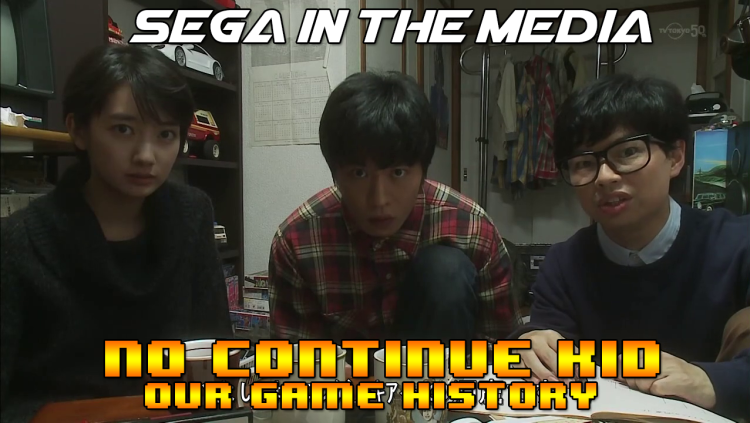
The arcades were a big part of Japan’s youth group up in the 80’s and 90’s, so its no surprise that a Japanese drama show based around these time periods would be created. No Continue Kid: Our Game History (ノーコン・キッド ~ぼくらのゲーム史~) is a TV show revolving around Reiji Watanabe, who in 1983 isn’t very interested in arcade games. The only reason he has to put up with them is because his father owns a game center. Reiji sees a girl he likes come in daily named Fumiyoshi Takano, she usually plays Xevious and leaves. Reiji decides to give this Xevious game a try to impress her and gets the best local player, Akinobu Kido (who goes by ‘Kid’, his high score handle) to teach him.
The show focuses on the friendships of these characters along with a new ‘Game Center’ trends throughout the decades (this show spans from 1983 to 2013 in 12 episodes) and even some console gaming love. Today we will be looking at some of the SEGA centric episodes including one for Columns, Fantasy Zone and two whole episodes based around the Virtua Fighter 2 fighting phenomenon. Let’s take a dramatized trip to the arcade scene in Japan from the 80’s through the 90’s, SEGA style!
Columns
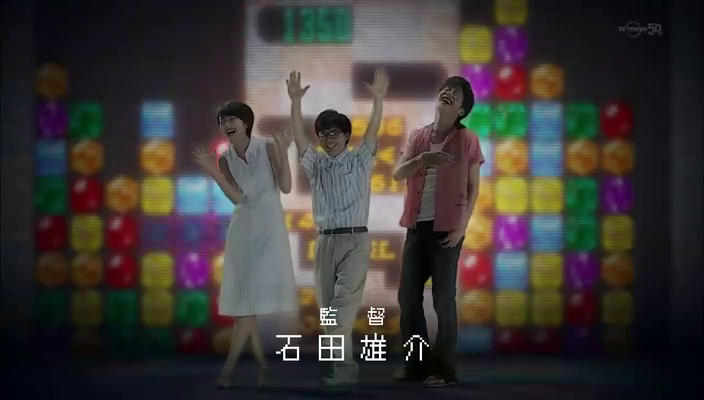
The first SEGA centric episode in the show starts on episode five, the story for this episode is actually fast forwarded to 1990 (the first episode takes place in 1983) where most of the friends that hung out in the game center have moved on. Akinobu Kido is in a university to become a computer programmer, Fumiyoshi Takano is going to modeling school (looked it up and its an actual thing) and our main character Reiji Watanabe is also going to college (same one as Kido). This game covers the puzzle game boom and in the start specifically mention Tetris as the starter of the rise of puzzle games. But it isn’t the main puzzle game that gets focus on this episode, that game is SEGA’s Columns.
In this episode our hero Reiji is trying to mingle with girls at college and finding his missing piece to his puzzle. He might still like Takano, but she doesn’t feel the same way about him (prior episode), so he meets a new girl while running late to class. The only issue is that her ex-boyfriend is a jock Basketball player and what is a gamer to do? Challenge him to a game of Columns to win her hand. Yeah, that’s it!
So as expected, our hero Reiji beat the basketball playing jock. The issue? He didn’t even want to get back together with the girl and there is actually a reason. Apparently she has a lot of ‘ex boyfriends’ as our hero would soon find out. I think in America we label this type of behavior as promiscuous.

Fantasy Zone
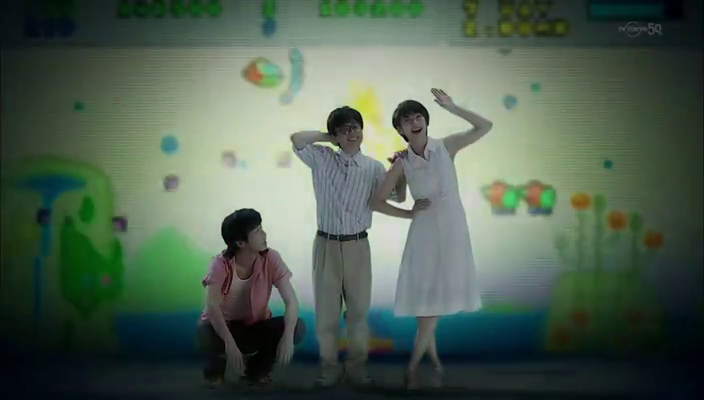
Now lets skip ahead to episode 7, which just happens to be our next SEGA related episode taking place in 1993. Reiji’s father is in debt and with the arcade consumer asking for the newest fighting games instead of his old retro games, he has decided to sell the business. This of course isn’t something that Reiji wants, even though at the start of the show he wasn’t very thrilled about being passed down a Game Center. With a push from his friend Akinobu Kido, who is now a hot shot in the business world, he decides its probably best if he took over the business from his father.
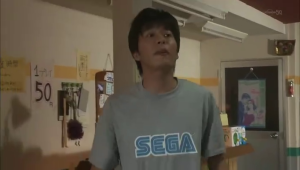 The episode is pretty good for SEGA fans showing lots of Fantasy Zone gameplay throughout and even having Reiji wearing a SEGA shirt. Can I get one of those? It wouldn’t be a episode of No Continue Kid if there wasn’t a video game showdown and this time Reiji’s father decides he will hand him down the shop if he beats Fantasy Zone with only one quarter (or whatever is the equivalent to a quarter in Japan). Reiji takes the challenge.
The episode is pretty good for SEGA fans showing lots of Fantasy Zone gameplay throughout and even having Reiji wearing a SEGA shirt. Can I get one of those? It wouldn’t be a episode of No Continue Kid if there wasn’t a video game showdown and this time Reiji’s father decides he will hand him down the shop if he beats Fantasy Zone with only one quarter (or whatever is the equivalent to a quarter in Japan). Reiji takes the challenge.
As expected our hero makes it past all the levels, past the bosses and then past them again when he has to fight them in a row. Making it to the last, last boss, Opa’s father. The show uses the idea of Fantasy Zone‘s currency and fighting a father figure to tie-in into the main plot of the show. I’ll be honest, I was just here for the SEGA games, but its nice that the game’s actually flow well with the story and characters.
As you guessed, Reiji gets to run the shop from now on. How will it go? Well, its a ‘virtua struggle’ for sure.
Virtua Fighter 2
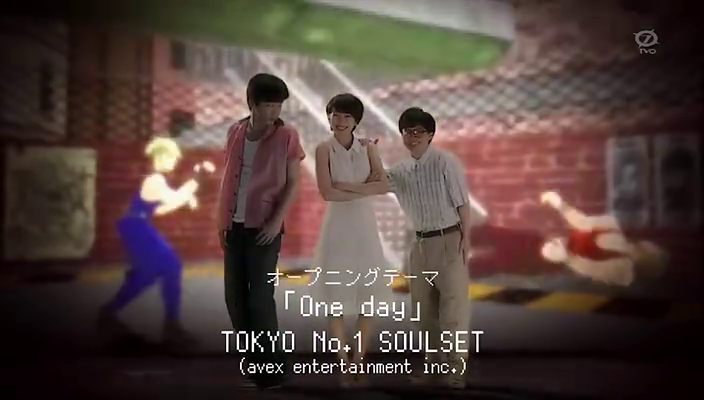
Since we are celebrating Virtua Fighter week here at SEGAbits, I definitely wanted to write about the two Virtua Fighter based episodes in this series. At this point Reiji’s friends have all become semi-successful with Takano becoming editor of a fashion magazine and Kido already being hired ‘by the company’ to make video games. What about Reiji? Well he owns a Game Center in the middle of the fighting game craze, that’s nice, right?
Episode 8 takes place in the prime of Virtua Fighter 2′s popularity, 1995 when competitive 3D fighting games really took over Japan. It really shows how these type of spectator games really changed Game Centers, for some for the better and to Kido for the worst. Kido sees that everyone is using the older arcade machines to put their stuff on instead of letting the more ‘socially awkward’ loyal customers enjoy their time there. Kido decides he will challenge his former employee, who seems to have a large following at Virtua Fighter 2, including 2 slap stick humor disciples. The episode also features my favorite character, the Kage Salaryman that beats every challenger. Go, Salaryman.
In the end our hero Kid wins, even though it was his first time playing Virtua Fighter 2, actually they use a lot of the ‘first time playing’ and mastering plot devices.
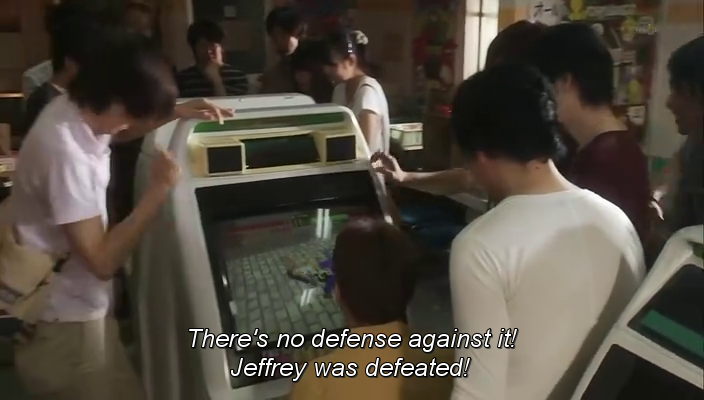
[Check it out, a Virtua Fighter 2 tournament]
The next episode has the eventual fallout of Kido and Reiji’s relationship. The thing is fighting games have become more and more popular, while the other more retro machines aren’t being used. Reiji decides he wants to save his shop and starts thinking about the business first. Since Kido has been away making games with the business he works for, Reiji decides its probably best for him to get rid of all the old machines that aren’t popular anymore. That would even include Xevious, the arcade machine the trio would bond over all those years ago. This leads to Reiji and Kido having a Virtua Fighter 2 match to fight over the high score handle of ‘KID’. In the end Kido stops fighting and leaves (Never to come back). Also there is a Puyo Puyo arcade machine in this last episode. So isn’t that awesome?
I recommend No Continue Kid to anyone that loves retro Japanese arcade games, especially if your a SEGA fan due to all the references and episodes based on SEGA franchises. Even though the show suggest it covers 30 years of arcade games, it skips a lot and pretty much ends showing other arcade games after Virtua Fighter 2. I think the show should have tried doing a season for multiple time eras, building up friendships, instead of moving too quickly.
So that’s my write up on No Continue Kid, if you guys have any questions or comments make sure to leave them in the comment section. If you want to read more SEGA in the Media articles, click here. If you have a tip of another piece of media with SEGA references, contact us with title: SEGA in the Media.

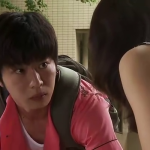
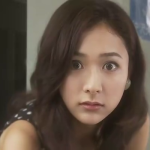
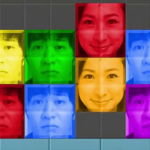
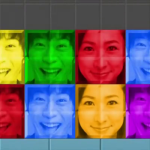
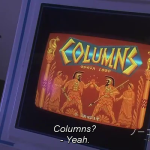
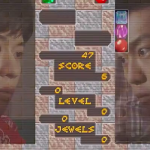
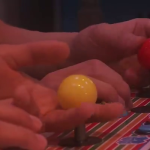
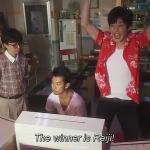
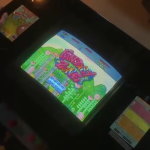
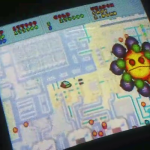
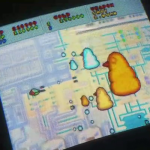
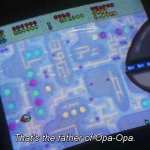
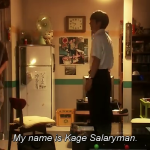
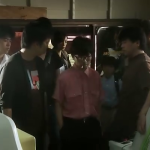
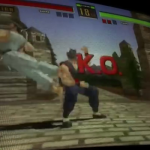
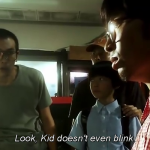
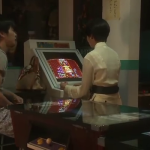
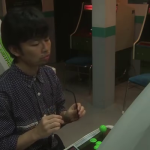
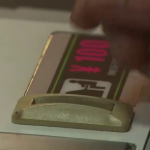
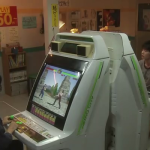
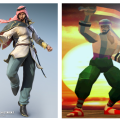
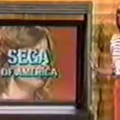

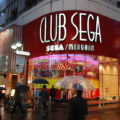
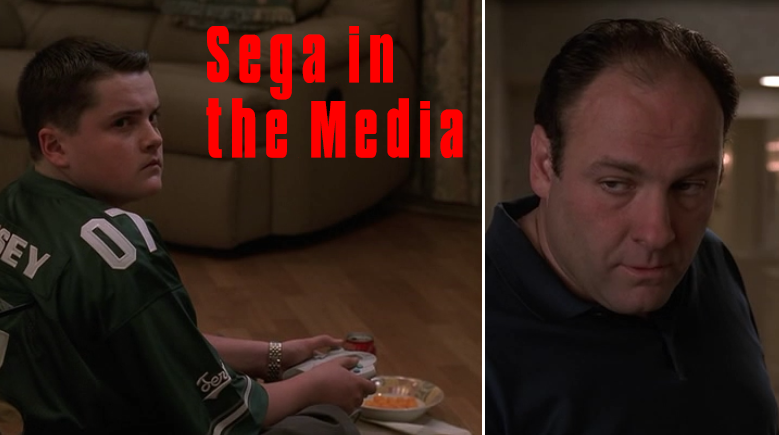
Can anyone link me to a 720p release?
I found the subtitles on D-Addicted, but I couldn’t find the series.
I looked everywhere so I could capture screenshots and couldn’t. The main screenshot was from a blogspot, so I’m assuming the 720p rips are out there. I found a torrent with them but no seeders 🙁
I see.
I’ll keep looking, if I find it anywhere I’ll let you know.
Thanks.
Any updates on links to download the drama??